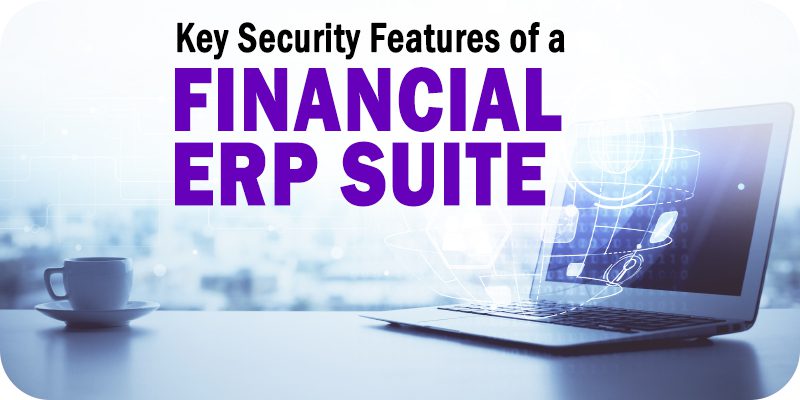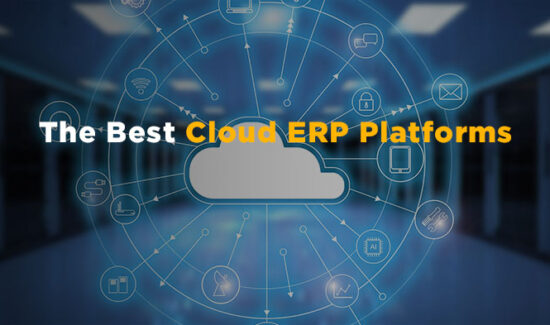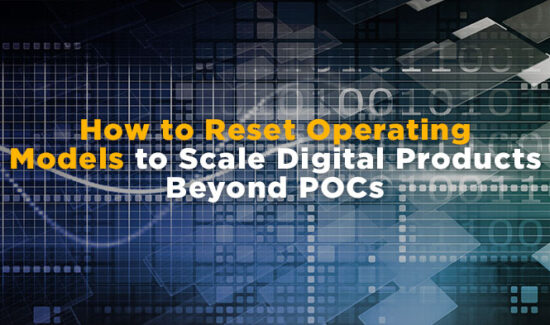What Kind of Security Features Should a Financial ERP Suite Offer?


The editors at Solutions Review have outlined some of the critical security features that companies should be aware of as they compare the functionalities of different financial ERP suites.
Financial planning and management are essential for companies of all sizes and industries. While financial capabilities are often integrated into ERP solutions, not every software is outfitted with the features a company might need. Security is one of those features, as any software that handles financials must have a suite of security tools and functionalities to protect company data.
Most ERP solution suites are already equipped with security tools—including features like multifactor authentication and behavioral monitoring—financial ERP suites need to be transparent with the types of data security and protection it offers to users. With that in mind, the editors at Solutions Review have spotlighted some of the critical security and compliance features every financial ERP suite should prioritize.
Widget not in any sidebars
The Financial ERP Suite Security Features Worth Knowing
Performance Monitoring
One of the foundational tools in maintaining security is consistent performance monitoring protocols. Performance monitoring systems are valuable for cloud-based and on-premises ERP security. They provide companies with a baseline of trends and peaks, making it easier to identify irregular activity accurately.
Performance monitoring systems can consistently monitor and test machine health metrics in real-time to track activity and security. These metrics range from network connectivity to memory utilization, network latency, file integrity, service status, memory utilization, storage responsiveness, database query latency, and more. Performance monitoring systems can also send automatic alerts to operation staff via email or SMS if any metrics it tracks dip outside the established baseline.
Compliance Standards
When companies are comparing ERP financial suites, one of the factors to look into is the security standards it complies with. For example, companies should look for platforms that comply with assurance programs like:
- SOC 1/ISAE 3402, SOC 2, SOC 3
- FISMA, DIACAP, and FedRAMP
- PCI DSS Level 1
- ISO 9001, ISO 27001, ISO 27018
Instance Level Security
Instance-level security uses multifactor authentication to log and audit every access point into an operating system. This way, administrators can monitor who is accessing what and when. If needed, they can also take control of the OS environment or lock it down if an unauthorized user attempts to access the system.
Penetration Testing
Penetration testing is a form of ethical hacking that tests a company’s software security by launching simulated “attacks” to identify exploitable weaknesses. These assessments help companies identify the strengths and weaknesses of their security policies, regulatory compliance, employee awareness, and their ability to respond to security incidents when they occur. When selecting a software provider, look into the penetration testing they offer or recommend. Some companies will perform these tests in-house, but working with a third-party security consultant is another option to consider.
Regular Backups
A financial ERP suite provider should offer regular backups that are encrypted at rest and in motion when the data is transferred to backup storage. For added peace of mind, providers will replicate these backups in multiple locations and then conduct regular tests of the data restoration process to ensure it’s working correctly.
Shared Responsibility Models
As the name suggests, a shared responsibility model is when security is shared between the end-user and the software providers. In most contexts, this means the customer is responsible for the users “in the cloud” while the provider manages security for the cloud. This typically equates to customers handling device access, user management, and endpoint security. Meanwhile, the provider manages network configuration, operating system patching, software licensing, networking traffic protection, data encryption, firewall configuration, and more.

























